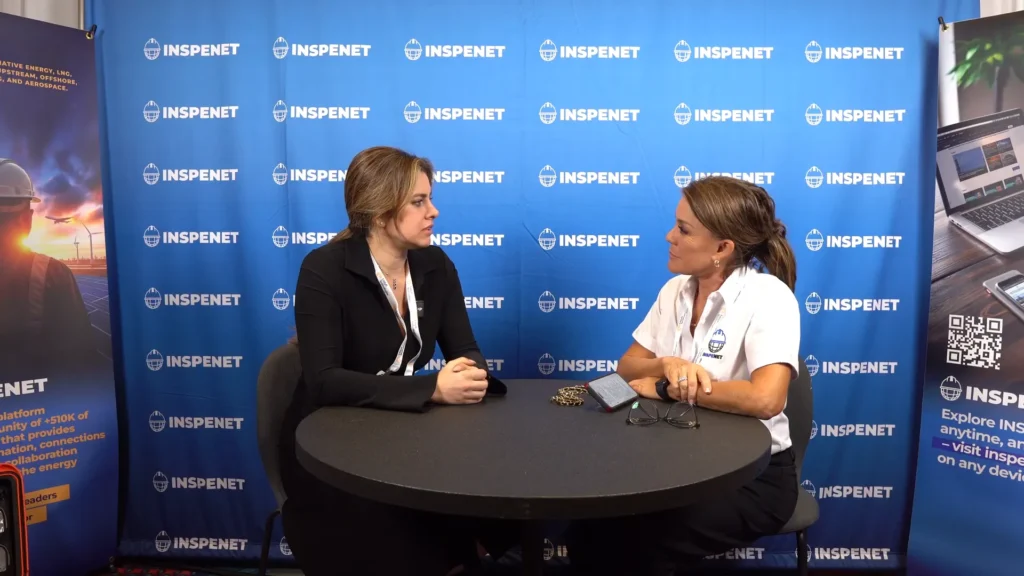Anita Gregorian, board member of the American Society for Nondestructive Testing (ASNT), shared in an interview her vision of the future of the industry and the challenges facing the Non destructive evaluation (NDE) in the aerospace environment. With a strong background as a materials engineer and currently in the process of obtaining her PhD, Gregorian stands out as a leading figure within the technical community. Her participation in industry events and commitment to training make her perspective a guide to understanding where the field is headed.
During the meeting, which took place within the framework of the ASNT 2025 event, Gregorian stressed the importance of spaces where professionals from different levels converge: "Many arrive without knowing the NDE and leave with a new vision of how to apply it in their industries," she said.
Automation is transforming the way critical component inspection is performed. Gregorian explained that automated systems, driven by artificial intelligence, are displacing tasks previously performed by technical personnel. While this represents a challenge for certain job profiles, it is also giving way to new skills and training needs.
"Many of the current methods are becoming very advanced and automated. They are replacing some NDE professionals, but they are also creating demand for new types of skills."
Gregorian said.
The growth of the commercial space sector poses unprecedented challenges for NDE because, as Gregorian cautioned, the reuse of vehicles traveling to the edge of space involves extreme impact and temperature conditions during their return to Earth, variables that completely change the inspection criteria.
In this context, the specialist pointed out that it is impossible to inspect a reusable spacecraft in the same way as a new one, since heat, impact and the materials used alter the failure mechanisms. Therefore, it is essential to analyze new ways of evaluation, where collaboration between engineering and NDE becomes crucial to ensure reliability in this type of operations.
Gregorian described the role of ASNT as a global benchmark in terms of quality, ethics and technical leadership. Through its certification and training programs, the organization seeks to anticipate market trends, not just react to them.
In this regard, she stressed that her management consists of transferring industrial trends to the board in order to anticipate, since technological changes are advancing rapidly and it is crucial to be prepared in advance. She also stressed that the presence of the ASNT logo represents a symbol of trust, thanks to the high standards that the institution promotes among its members.

One of the central concerns addressed by Gregorian was the lack of new professionals in the NDE field, a problem aggravated by the progressive closure of training centers that has limited access to fundamental technical knowledge. In this regard, she warned that the closure of these institutions stops the multiplication of knowledge.
Against this backdrop, ASNT is developing initiatives to introduce NDE at an early age through vocational programs, complementing these actions with lobbying efforts in Washington to reinforce the presence of this discipline in national technical education.
In discussing her personal motivations, Gregorian was direct:"I wanted to become an engineer because of the men and women serving overseas. I can't be with them in the field, but I can make sure from here that the systems they use are reliable and safe." That motivation led her to get involved in aerospace, surrounded by bright minds and contributing impactful technology.
Her commitment to the industry is manifested through her daily work and her participation on the board of ASNT, and she has expressed her determination to continue promoting the development of the NDE from any role, constantly supporting new talents seeking to join the sector.
For more content about ASNT 2025, please visit our LinkedIn profile.
Source: Inspenet.